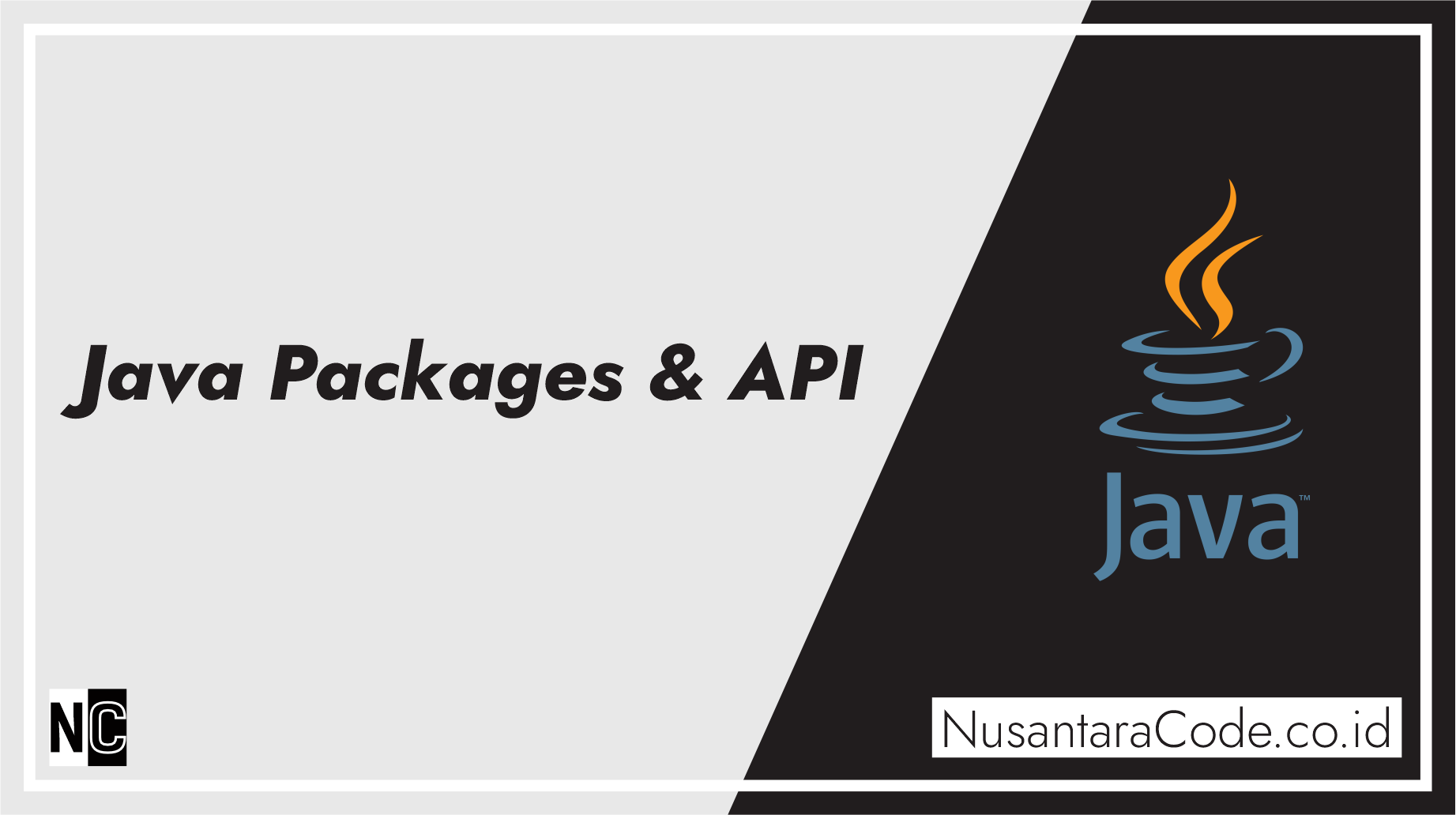Java, a versatile and widely-used programming language, comes equipped with a powerful organizational feature known as packages. In addition to packages, Java offers a vast array of Application Programming Interfaces (APIs) that simplify complex tasks and facilitate efficient development. In this article, we delve into the world of Java packages and explore some commonly used APIs.
What are Packages?
In Java, a package is a way to organize related classes, interfaces, and sub-packages. It helps avoid naming conflicts and makes code more modular and maintainable. Packages are like directories in a file system, providing a hierarchy to organize and structure code.
Package Declaration:
To declare a package in Java, simply include the package statement at the beginning of your source file. For example:
package com.example.myapp;This indicates that the classes in the file belong to the com.example.myapp package.
Package Structure:
Packages follow a hierarchical structure, and classes in a package are organized accordingly. The directory structure on the file system mirrors the package structure. For instance, the package com.example.myapp corresponds to the directory structure com/example/myapp in the file system.
Import Statements:
To use classes from another package, import statements are employed. Importing allows developers to reference classes without using their fully qualified names. For example:
import com.example.myapp.MyClass;This enables the use of MyClass without the need to specify the full package path each time.
Commonly Used Java APIs:
1. java.util Package:
The java.util package is a treasure trove of utility classes and interfaces. It includes collections framework classes like ArrayList, HashMap, and LinkedList, as well as utility classes for date and time manipulation, such as Date and Calendar.
2. java.io Package:
The java.io package provides classes for input and output operations. It includes classes like File, InputStream, and OutputStream. These classes are essential for reading and writing data to files or other input/output streams.
3. java.net Package:
The java.net package is instrumental in networking applications. Classes like URL, URLConnection, and Socket facilitate the development of applications that communicate over the network.
4. java.sql Package:
For database connectivity and interaction, the java.sql package is indispensable. It includes classes like Connection, Statement, and ResultSet for working with relational databases through Java Database Connectivity (JDBC).
5. javax.swing Package:
The javax.swing package is part of the Java Foundation Classes (JFC) and provides a rich set of GUI components for building graphical user interfaces. Classes like JFrame, JButton, and JTextField make GUI development in Java more accessible.
Java packages and APIs are foundational elements that contribute to the language’s versatility and widespread adoption. Understanding how to organize code into packages and leveraging the power of various APIs can significantly enhance the efficiency and functionality of Java applications. Whether you are working on a small project or a large enterprise application, mastering Java packages and APIs is a key step toward becoming a proficient Java developer.
